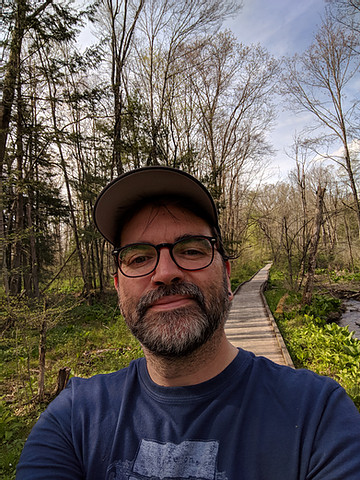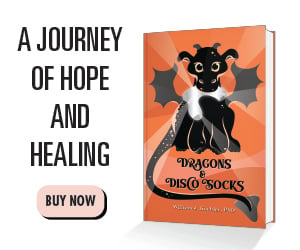The Way Forward…
I have a friend who talks about some parts of her mind being off limits.
“There’s Caution Tape over there,” She will say, “don’t go in there without an escort.”
I suppose there is wisdom in her words. I can get lost wandering around the landscape of my mind. It’s not always a pleasant stroll. There are dark, abandoned corners, treacherous cliffs, and deep waters. Creatures of all kinds reside in here. Sometimes they cry out in need, but mostly they remain in hiding, hoping to live out their days undisturbed.
It’s not that simple though. Traps are sprung, triggers are pulled, and monsters leap out of hiding, ready to flee, or worse, to fight. Many people who have endured trauma are unaware of their ‘sore spots.’ We may know we have a wounded part of us that we’ve buried as far down in our subconscious as we can, far from casual strolls down memory lane. We avoid all possible reminders of our trauma-monster, quietly tiptoeing around it, least we wake it from its fitful slumber.
…Requires Looking Back.
If we are to find our way to a trauma-informed life though, we eventually need to return to those hiding places. In order to avoid accidentally waking those exiled adversaries, we need to intentionally do so. Yes, we need to seek them out, recognize their ferociousness comes from their woundedness, and apply healing salve to their injuries. This is not a task for the faint at heart! Nor is it something you do rashly, rushing in like Don Quixote attacking windmills or applying suspicious balm that makes it worse in the end. You will need to prepare thoughtfully and plan your path accordingly. If you have one, it would be good to follow my friend’s advice and bring an escort along as well.
The Trauma and Loss List
I am fortunate to have an expert tracker accompany me. She is particularly attuned to the signs of wounded monsters in hiding. Even she has a map showing us where to go. Every person’s path is unique. She may be the cartographer, but I am the one who knows the landscape. We had to work together to plot the course.
The first time I had a guide, she wasn’t as adept. Rather than collaborate with me, she relied upon her religion to guide us. Each time we would venture in, wandering about until we would stumble upon something, often alerting any nearby creature of our presence. This would inevitably end with the poor thing cowering in fear, escaping deeper into the recesses of my mind, or, in some cases launching its own attack. It was disastrous. Eventually, Jesse, my Inner Self-Helper (Allison, 1974) confronted this woman, and we ended our work with her.
This second guide is much more experienced. She insists we follow a process for mapping out our journey. This was done through the development of a Trauma and Loss List. In short, this is a list of brief phrases that describe each significant experience of trauma or loss in my life. Each phrase is associated with an approximate age. This gives us a general description of each wounded creature (traumatic event) and approximate location (age). Now we know where to start, and how to get through to the end.

Going in Order
We started at the earliest traumatic event on the list. For me, this was something that I didn’t remember as much as it was told to me repeatedly in my childhood. I had internalized messages about myself because of this tragic event occurring months before I was born. I believed I was broken and an unwanted burden on my young parents. While they didn’t ever tell me this message directly, it had made its way into the fabric of my identity. My guide helped me ferret out this insidious beast and confront it with the truth – I was a baby with special needs, loved and cared for by parents doing the best they could. I was able to see how this difficult time in my parents’ life has made me who I am today. I am stronger for it. Now, each time we cross over into my mental landscape and search for someone in need of healing, we proceed to the next target memory in chronological order (Shapiro, 2017).
If you would like to know how to develop your own map, let me help you. Email me for free guide that you can complete with your therapist, or even with a trusted friend. Just heed my friend’s advice and don’t go in alone! I caution you to do this only if you are in an emotionally safe place in your life right now. If you already have a map and are on your way, I’d love to hear from you. Perhaps we can compare maps or share tales of discovery and healing. After all, this doesn’t have to be a lonely quest.
Allison, R. B. (1974). A new treatment approach for multiple personalities. American journal of clinical hypnosis, 17(1), 15-32.
Shapiro, F. (2017). Eye movement desensitization and reprocessing (EMDR): Basic principles, protocols, and procedures. Guilford Press.







